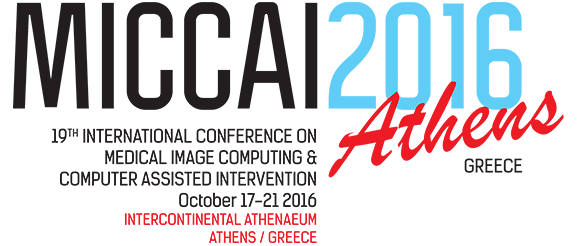We are goint to Athens and present our results in challenges:
PETSEG: PET Segmentation Challenge Using a Data Management and Processing Infrastructure
The PETSEG challenge will provide a comparative study of a range of state-of-the-art algorithms for PET image segmentation and tumor delineation running on a common computational infrastructure. This will allow an objective computational benchmarking of the different solutions. Following the recommendations and thanks to contributions of the AAPM TG211 members, the methods will be compared using a database containing realistic simulated images, as well as physical phantoms and clinical data with associated ground-truth or surrogate of truth. Examples of each type of images will be provided to participants for training beforehand.
TUPAC: Tumor Proliferation Assessment Challenge
Tumor proliferation is an important biomarker for breast cancer. The most common method for assessing tumor proliferation is by counting of mitotic figures in hematoxylin & eosin (H&E) stained histological slide preparations. State-of-the-art automatic mitosis detection methods approach the performance of human observers on pre-selected regions of relevant tumor tissue. In more practical scenario, however, mitosis detection must be applied to whole-slide images (WSIs). In addition, the results from the detection of mitotic figures must be summarized in a proliferation score that can be integrated in current prognostic grading systems. The goal of the challenge is to evaluate methods that predict the tumor proliferation score directly from the whole-slide images.



